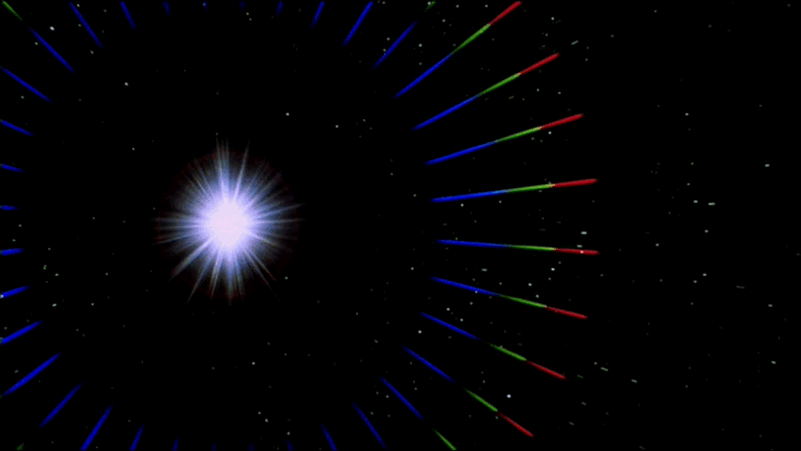NASA tested an ‘impossible’ engine that travels faster than the speed of light | Daily Mail Online.
NASA has trialled an engine that would take us to Mars in 10 weeks
Notice how both have the obligatory “USS Enterprise” image – one from ST:TMP and one from J.J.Abrams’ reboot of the same.
The Daily Mail’s truncated headline is misleading – though the full headline not so much – as the EM-Drive is not an FTL-drive. Even if it might hint at how to create a warp-drive, thanks to the positive space-warp results, that doesn’t make it a warp-drive yet. Only a specific configuration, at much higher energy densities, is likely to create an Alcubierre Warp, in 5-D, proper. What the Mail does get right is to feature a video by Guido Fetta, inventor of the related Q-Drive. Dr Fetta has taken down his Cannae web-site, but the Internet Archive has kindly preserved it. The Mail has confused Dr Fetta’s efforts with Eagleworks’s own. While Eagleworks tested his Drive, and others, the testing invalidated the specific hypothesis that Dr Fetta was assuming in his design. As the Eagleworks paper from last year noted, the Cannae-design Q-Drive had notches in the dielectric disk, while the ‘null’ test article did not. Both produced positive results, thus providing experimental data against Fetta’s specific hypothesis of how the drive creates thrust.
The specific performance figures referenced by the Mail – 4 hours to the Moon and 100 years to Alpha Centauri – come from two quite different presentations and assumed performance levels.
The first is based on Paul March’s presentations from 2007 which looked at ~newtons per watt performance levels, which would allow fuel-cells to power a shuttle for a continuous acceleration transfer to the Moon. The acceleration would be about 1 gee. If that could be sustained, then the trip to Alpha Centauri would take 6 years, not 100.
The second figure is from the more conservative presentation in 2012 which assumed ~milligee acceleration could be sustained. While that acceleration is not as exciting as zooming to the Moon, it opens up the Solar System. The “70 days to Mars” figure quoted in the second article is where that comes from. Even far off Pluto can be reached in the same time it takes present day rockets to plod their way to Mars.
The Science Alert piece almost matches the Daily Mail for hype. And uses the same source for the performance figures. What sets the essay apart is this conclusion:
Of course, all of this [EM-Drive & Warp-Drive] requires a lot of gaps to be filled before we can even verify that results like these are possible. But it seems that we’re now in a position where the engine warrants further investigation.
“After consistent reports of thrust measurements from EM Drive experiments in the US, UK, and China – at thrust levels several thousand times in excess of a photon rocket, and now under hard vacuum conditions – the question of where the thrust is coming from deserves serious inquiry,” the NASASpaceflight authors conclude.
We couldn’t agree more.
More work required before we can hit Warp One, like the “Enterprise”.



